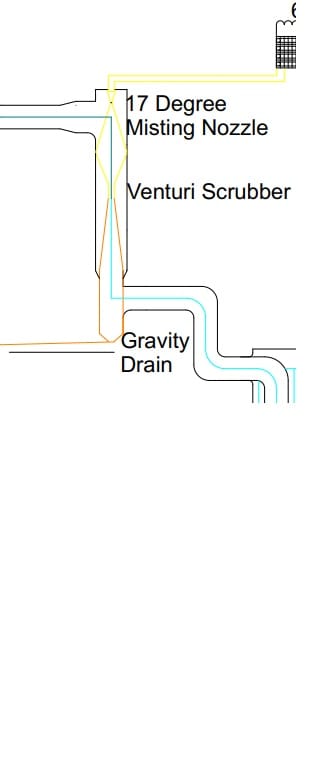Heaviside1925
Mechanical
I have never posted on here before and I am frankly frustrated I cannot get traction on this design. The design I am working on is the use of a spray nozzle to induce flow for the movement of a hazardous vapor. I have attempted to find "like" applications from other industries such as venturi scrubbing, venturi metering, venturi injection, spray nozzle theory and design and have not come up with any suitable design guidelines to assist me in this. All the examples I have found seem to be focused on other variables specific to its application and many either use a constant mass air flow or negate it entirely. From I purely kinetic standpoint, I am adding energy to a closed system via the spray nozzle at a constant rate, so some of this energy from the fluid leaving the spray nozzle is being transferred to the vapor. Thats the theory anyways and I have a list of assumptions that can be made such as vapor and fluid temperature, vapor liquid saturation, pressures, dimensions, etc. but I have yet to find suitable design criteria to apply these. I have found experimental data that I can partially extrapolate from, but I am surprised I cannot find the exact application I am looking for, which is basically using a water spray to move air.
Any assistance in pointing me to an appropriate application or reference would be appreciated. I have attached a visual example as a reference, thank you in advanced.
Any assistance in pointing me to an appropriate application or reference would be appreciated. I have attached a visual example as a reference, thank you in advanced.

